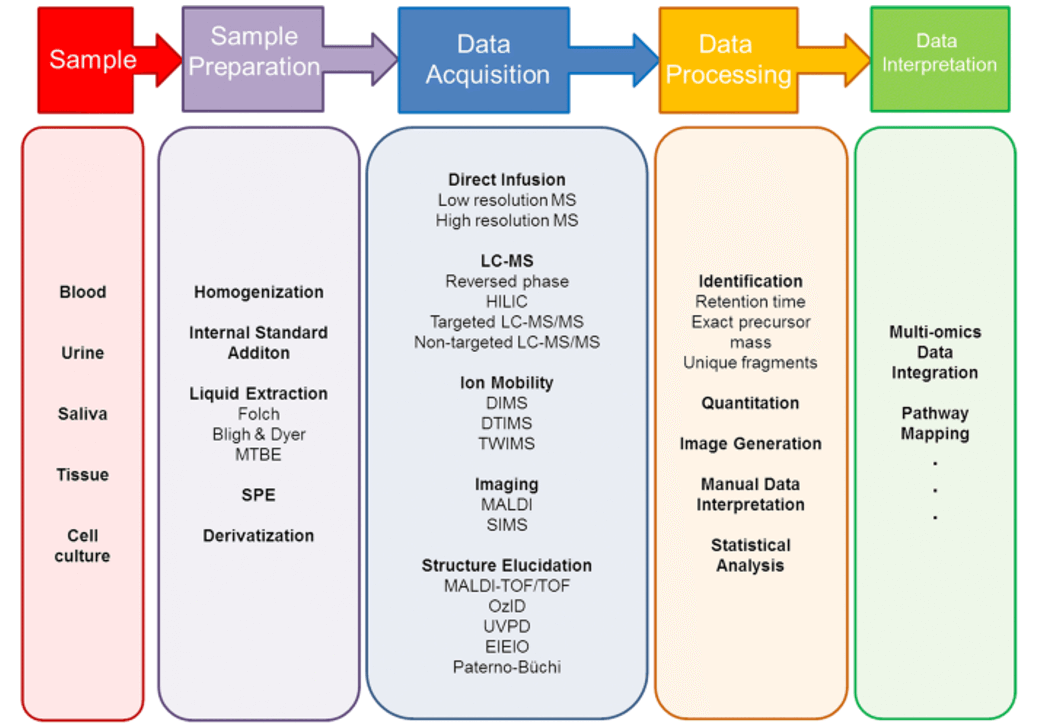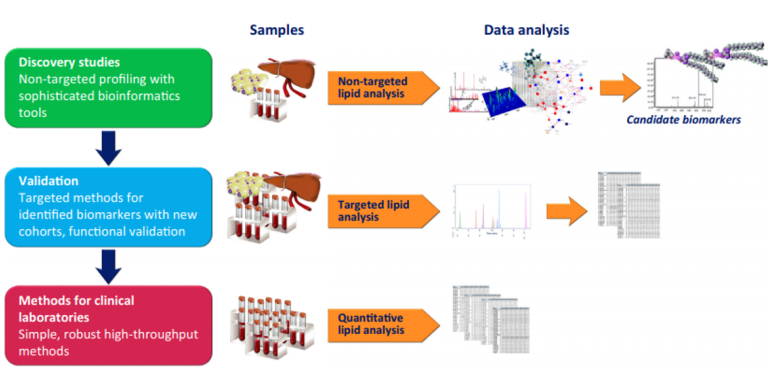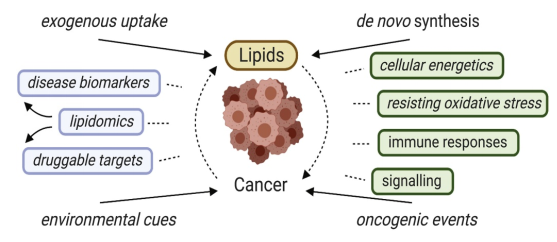Tissues Lipidomics Service
Meta description: Unlock the secrets of tissue-specific lipid profiles with our tissue lipidomics analysis service. Discover biomarkers, drug targets, and the impact of lifestyle factors on health. Creative Proteomics delivers accurate results and customized reports.
Why Choose Tissue Samples for Lipidomics Analysis?
Tissues are intricate structures composed of various cell types, each with its own unique lipid composition. This inherent complexity is a fundamental reason for choosing tissues as the target for lipidomics analysis. Different tissues in the human body, such as the liver, brain, adipose tissue, and muscle, exhibit distinct lipid profiles. Analyzing these tissues offers a holistic perspective of lipid composition in a physiological context.
Understanding the unique lipidomic profiles of various tissues is crucial because lipids are intimately involved in tissue-specific functions. For example, the brain is rich in lipids like phospholipids and sphingolipids, which are essential for neural membrane structure and function. Adipose tissue, on the other hand, is a key site for energy storage and release, making it a unique lipid reservoir. By studying the lipidomes of different tissues, researchers can unravel the tissue-specific roles of lipids and their implications for health and disease.
Aberrations in tissue lipid profiles can serve as robust biomarkers for various diseases. For example, altered lipid metabolism is associated with conditions like diabetes, atherosclerosis, and certain cancers. By analyzing tissues, researchers can identify specific lipid markers that signal the presence or progression of these diseases.
In the realm of drug development, tissue lipidomics analysis plays a pivotal role. It helps researchers identify potential drug targets and evaluate the effectiveness of therapeutic interventions. For example, understanding how a drug affects the lipid composition of tumor tissues is crucial for assessing its anti-cancer properties. Tissue lipidomics aids in assessing drug efficacy and safety.
Tissues store valuable information about the impact of external factors on an individual's health. Lifestyle choices, diet, exposure to pollutants, and other environmental influences leave distinct marks on tissue lipid profiles. Tissue lipidomics can help decipher how these factors influence lipid metabolism and, by extension, overall health. For example, it can elucidate the effects of a high-fat diet on liver lipid composition or assess the impact of pollution on lung tissues.
Tissue Lipidomics Analysis Service by Creative Proteomics
At Creative Proteomics, we offer a wide range of services to meet your tissue lipidomics analysis needs. Our state-of-the-art facilities and experienced scientists ensure the highest level of accuracy and reliability in lipidomic analysis.
Sample Preparation: Our experts will assist in sample collection, extraction, and purification to ensure high-quality lipidomics data.
Lipid Extraction: We employ various techniques to efficiently extract lipids from tissues, minimizing loss and degradation.
Lipid Identification: Creative Proteomics uses state-of-the-art mass spectrometry methods to identify and quantify lipid species in your tissue samples.
Lipid Profiling: We provide detailed information on the lipid classes, subclasses, and individual lipid species present in your samples.
Data Analysis: Our bioinformatics team analyzes the generated data, offering insights into lipid composition, pathways, and potential biomarkers.
Customized Reports: You'll receive a comprehensive report with results, data visualization, and interpretation, tailored to your specific research needs.
 Workflow of Tissue Lipidomics Service
Workflow of Tissue Lipidomics Service
Tissue Lipidomics Analysis Analytical Techniques
- High-precision mass spectrometers, including the Thermo Scientific Orbitrap Fusion Tribrid, deliver unmatched precision and sensitivity in lipid analysis. Precise identification and quantification of lipid species, even within intricate mixtures, hinges on high-resolution capabilities.
- Liquid Chromatography-Mass Spectrometry (LC-MS), as employed with tools like the Agilent 1290 Infinity II LC coupled to mass spectrometry, proves a versatile method for lipid analysis. It enables lipid separation and identification grounded in physicochemical characteristics, making it well-suited for intricate lipid mixtures.
- Gas Chromatography-Mass Spectrometry (GC-MS), utilizing instruments such as the Agilent 7890B GC, excels in analyzing volatile and less polar lipids. This technique furnishes comprehensive insights into fatty acid composition and is indispensable for targeted lipidomic inquiries.
Tissues Lipidomics Data Analysis
| Data Analysis Step | Description |
|---|
| Data Preprocessing | - Raw data pre-processing to remove noise and artifacts.
- Data alignment and normalization for accurate comparison. |
| Lipid Identification | - Identification of lipid species using databases and spectral libraries.
- Annotation of lipid classes and subtypes. |
| Quantification | - Quantification of identified lipids in the samples.
- Calculation of lipid concentrations in various units (e.g., nmol/mg). |
| Statistical Analysis | - Statistical tests (t-tests, ANOVA) for differential analysis between sample groups.
- Principal Component Analysis (PCA) for data visualization. |
| Pathway Analysis | - Pathway enrichment analysis to identify lipid-related biological pathways.
- Visualization of enriched pathways. |
| Clustering Analysis | - Cluster analysis to group similar samples or lipid profiles together.
- Heatmaps and dendrogram visualizations. |
| Multivariate Analysis | - Multivariate analysis, such as Partial Least Squares Discriminant Analysis (PLS-DA).
- Discrimination of sample groups based on lipid profiles. |
| Correlation Analysis | - Correlation analysis to assess relationships between lipid species.
- Generation of correlation matrices and heatmaps. |
| Biological Insights | - Interpretation of results to derive biological insights and associations.
- Identification of potential biomarkers. |
| Data Visualization | - Creation of plots, charts, and graphs to visually represent the data (e.g., volcano plots, box plots). |
| Custom Reporting | - Preparation of a comprehensive report with analysis methods, results, and relevant visualizations.
- Discussion of findings and recommendations. |
* Our services can only be used for research purposes and Not for clinical use.
Services:
Resource:
Platform:


 Workflow of Tissue Lipidomics Service
Workflow of Tissue Lipidomics Service



